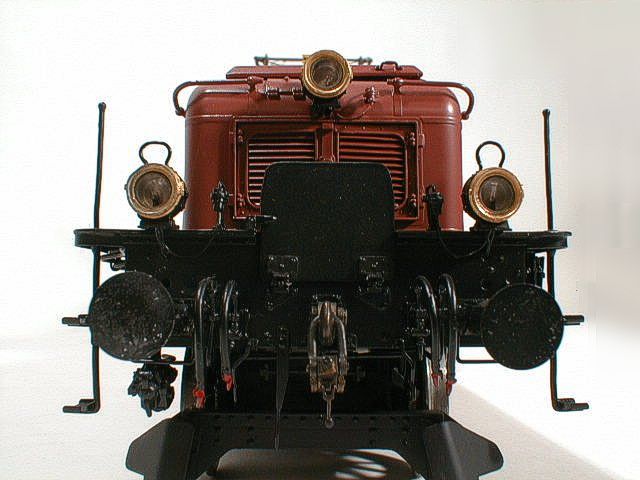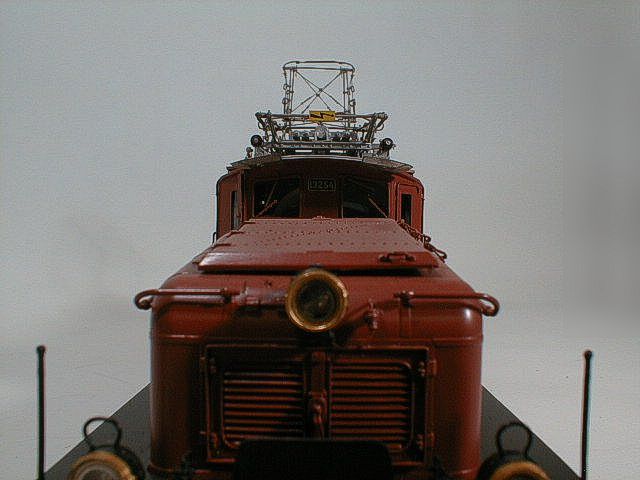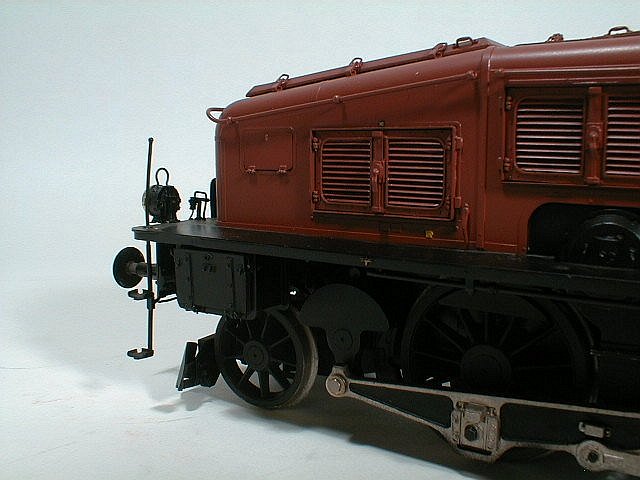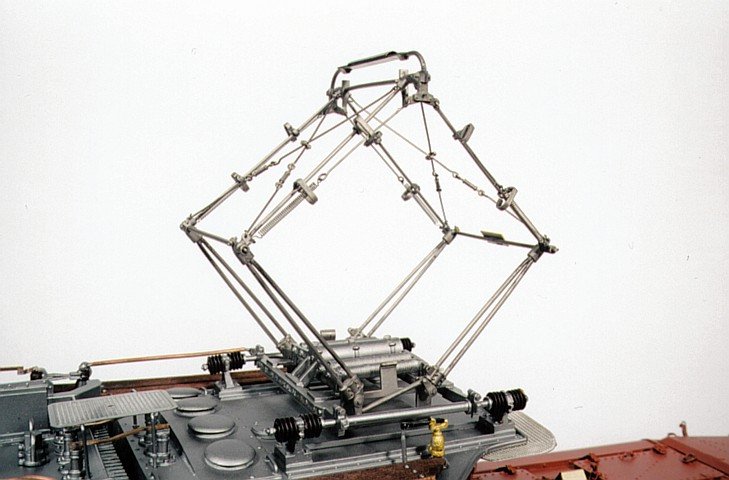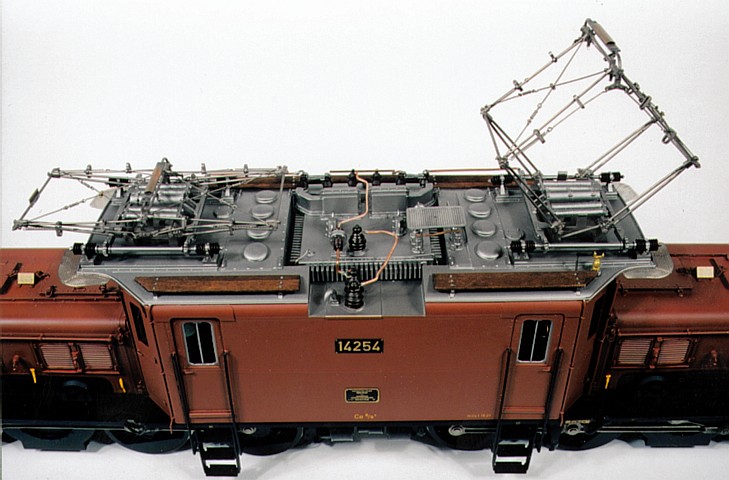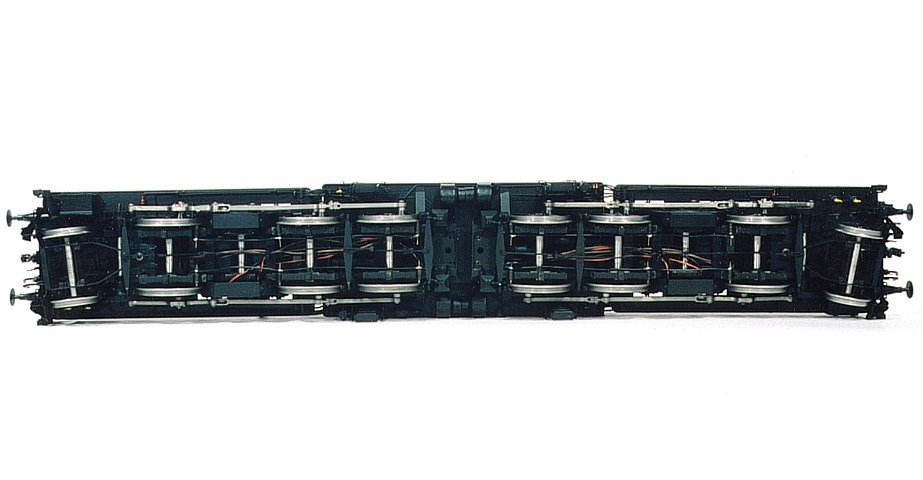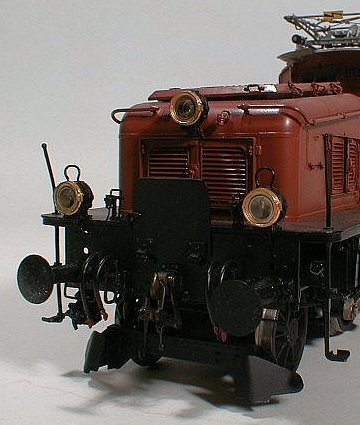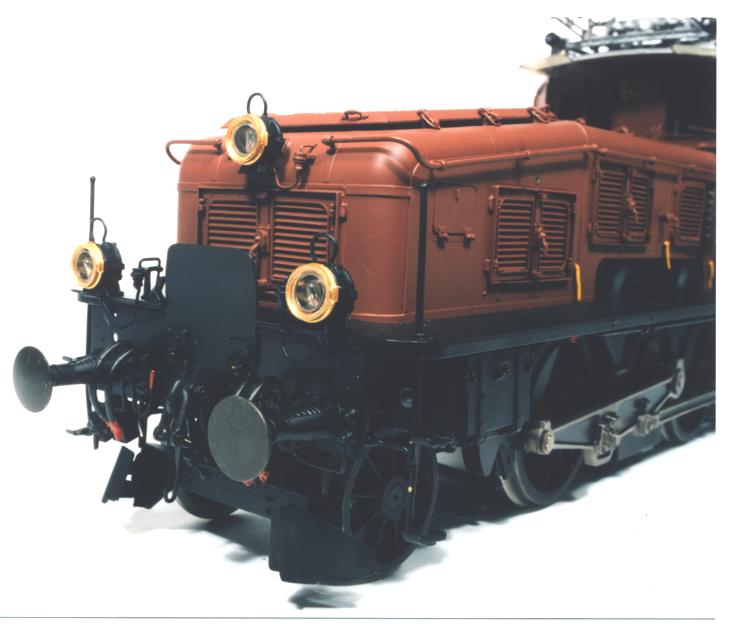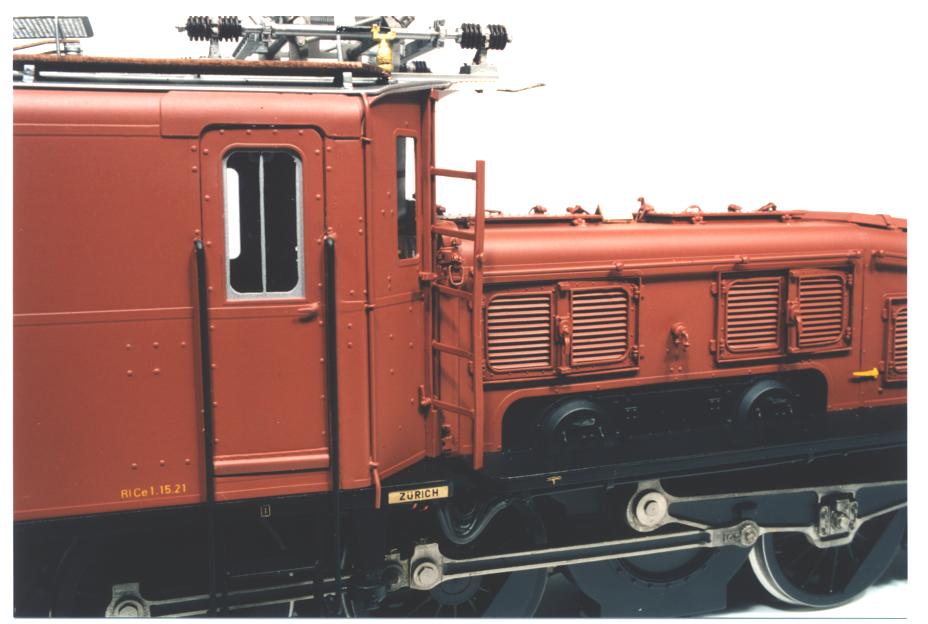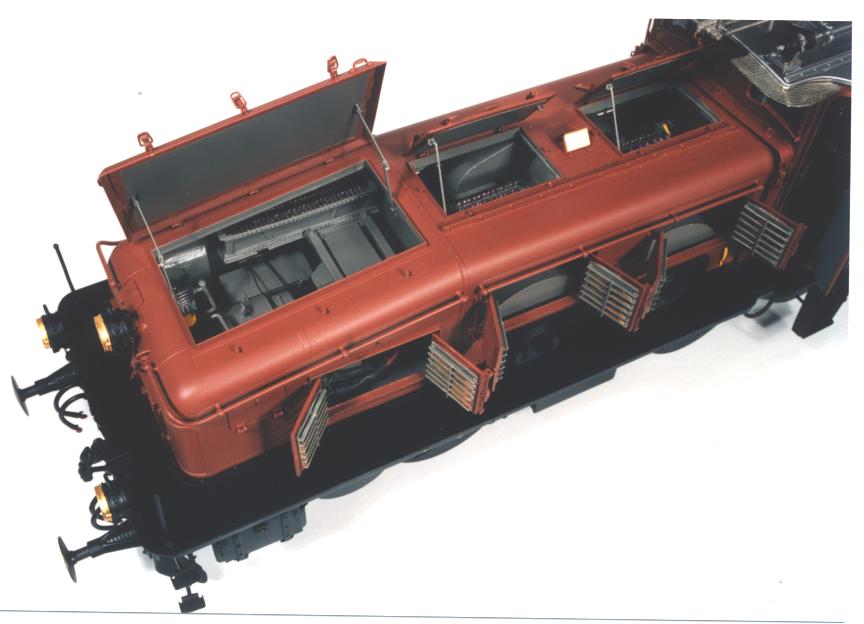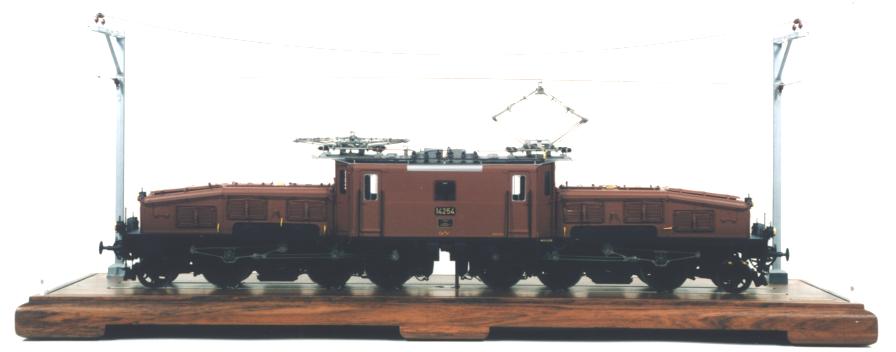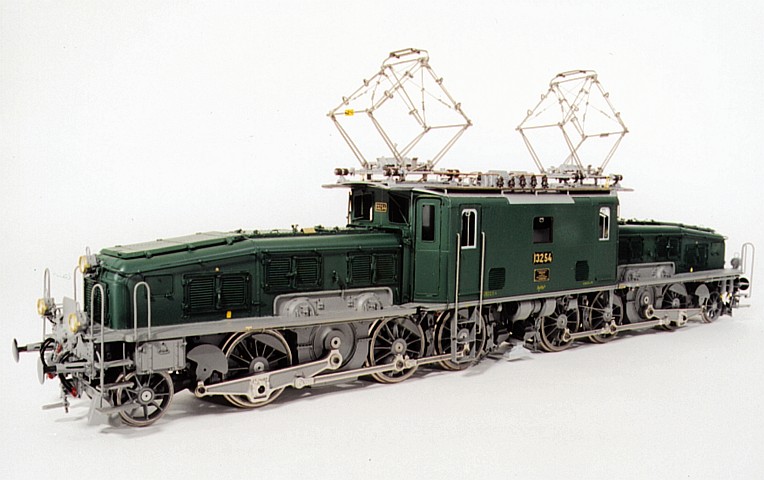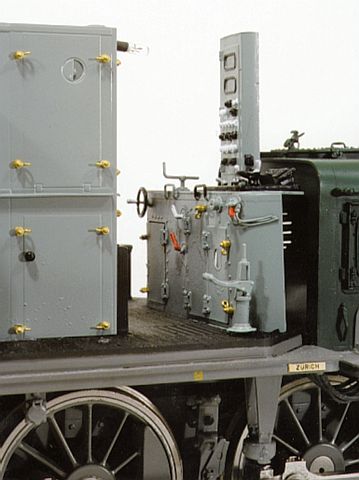Crocodile
Swiss Federal Railways (SBB) Be 6/8 II Crocodile – Early Version
- Scale: 1:32
- Release: 1996
- Limited Edition: 50
- Model Size: 24”L x 4”W x 7”H
- Base Type: Black Walnut
- Base/Case Size: 29”L x 9”W x 13”H
- Availability: Sold Out
Swiss Federal Railways (SBB) Be 6/8 II Crocodile – Late Version
- Scale: 1:32
- Release: 1995
- Limited Edition: 50
- Model Size: 24”L x 4”W x 7”H
- Base Type: Black Walnut
- Base/Case Size: 29”L x 9”W x 13”H
- Availability: Sold Out
Swiss Federal Railways (SBB) Be 6/8 II Crocodile
The legend of the Crocodile began in 1922 when the Swiss Federal Railways (SBB) initiated rail service between Chiasso, Italy and Lucerne, Switzerland via the St. Gotthard Tunnel. A new, heavy freight locomotive was needed to negotiate the very steep grades and endless sharp curves. To meet these requirements, the SBB developed and produced one of the most unusual electric locomotives ever. A prototype (Be 6/8 I), remotely resembling a crocodile was built, and before evaluation was even complete, the Be 6/8 II was placed into production. The new locomotive quickly acquired the name Krokodil, German for crocodile. Perhaps the name was inspired by its distinctive long flat motor housings, double articulation and green livery.
A total of 51 of these unusual locomotives were built between 1920 and 1927. This includes 33 Be 6/8 IIs built in 1920–21, which we have modeled. They measured between 63.6’ and 65.8’ (19.4 and 20.5m) in length. These machines delivered between 2,210 and 3,600 hp (1,650 and 2,700 kw), depending on configuration, at 22 mph (35.6 Km/h) and operated from a 15,000-volt 16-2/3 Hz catenary system. Top speed was 46.5 mph (74 Km/h).
Fine Art Models
No other locomotive has been replicated more than the Swiss Series II Crocodile, making it one of the most famous locomotives in the world today. Fine Art Models’ objective in building this model was to establish a new standard, not only for the Crocodile, but all locomotive models moving forward. We feel our Crocodile does this and more.
Fine Art Models has produced a total of 100 Crocodile models. All 33 of the original Be 6/8 II Crocodiles are in both green and brown, each complete with its own serial number and builder’s plate carrying the matching serial number. Additional units of 14253 have been produced in both green and brown, as this locomotive is still in service with the SBB between Erstfeld and Altdorf, Switzerland.
We began the design process for our Crocodile by acquiring the builder’s plans from the SBB. We made a special trip to the Auto and Technik Museum e.v. in Sinsheim, Germany, to take more than 3,000 photographs, both inside and out, of every detail of the Crocodile 14282. As a result, our model is an exact replica of the prototype – every door, hatch and window that opens on the prototype also opens on our model. And what is seen behind these doors and hatches in the prototype is also seen in our model (even the locking doors on the battery boxes on the prototype lock on our model with a miniature key, supplied with each model). As always, we use real glass in all of the windows. Even the paint colors are a direct match to samples supplied to us by the SBB.
One of the unique features of our model is its sound system and roller display base. The sound system is the actual sound of Crocodile 14253 digitized into an onboard computer in the model. Many people think an electric locomotive is silent—not so. When the brakes are released on the model, you hear the air from the brake cylinders released. The blowers for cooling the transformers turn on and off automatically and the air compressor starts and stops automatically as required, with the actual sound of the compressor coming from the end of the Crocodile where the compressor is located. There is a whistle control that you, the engineer, can vary the length of. When the Crocodile begins to move, you hear all of the sounds of the rods and wheels moving across the tracks.
The beautiful wood display base features inlaid track and prototypically correct catenary, as our model can pull its power from either the track or catenary. Set in the rails, are ball-bearing rollers that allow the drive wheels to turn in place. The operation of the locomotive is controlled by any standard 12V-power pack. Using Fine Art Models’ optional locomotive throttle power pack, when the throttle lever is moved from stop to slow, the locomotive releases its brakes, the compressor and blowers turn on, and the locomotive slowly builds power to a predetermined speed. When the signal changes to full speed, the locomotive automatically responds by building power prototypically to whatever speed you, the engineer, desire. When the throttle lever moves to slow or stop, the locomotive slows prototypically to the speed dictated. All this action comes in a space 254mm x 965mm (10″ x 38″). And when you are finished running your locomotive, you put the leaded glass cover back on and you have a museum display.
